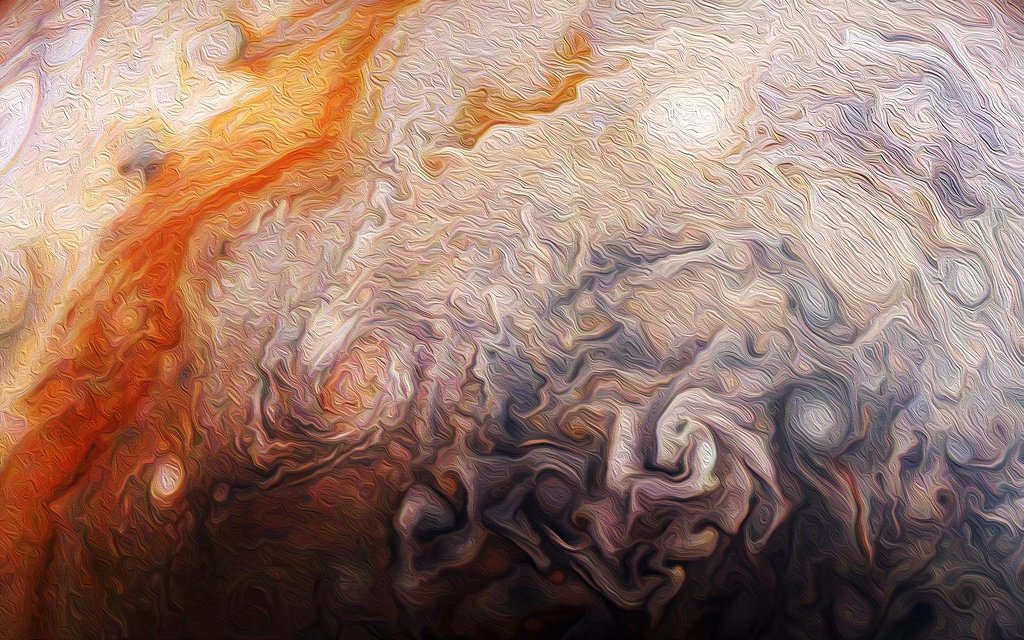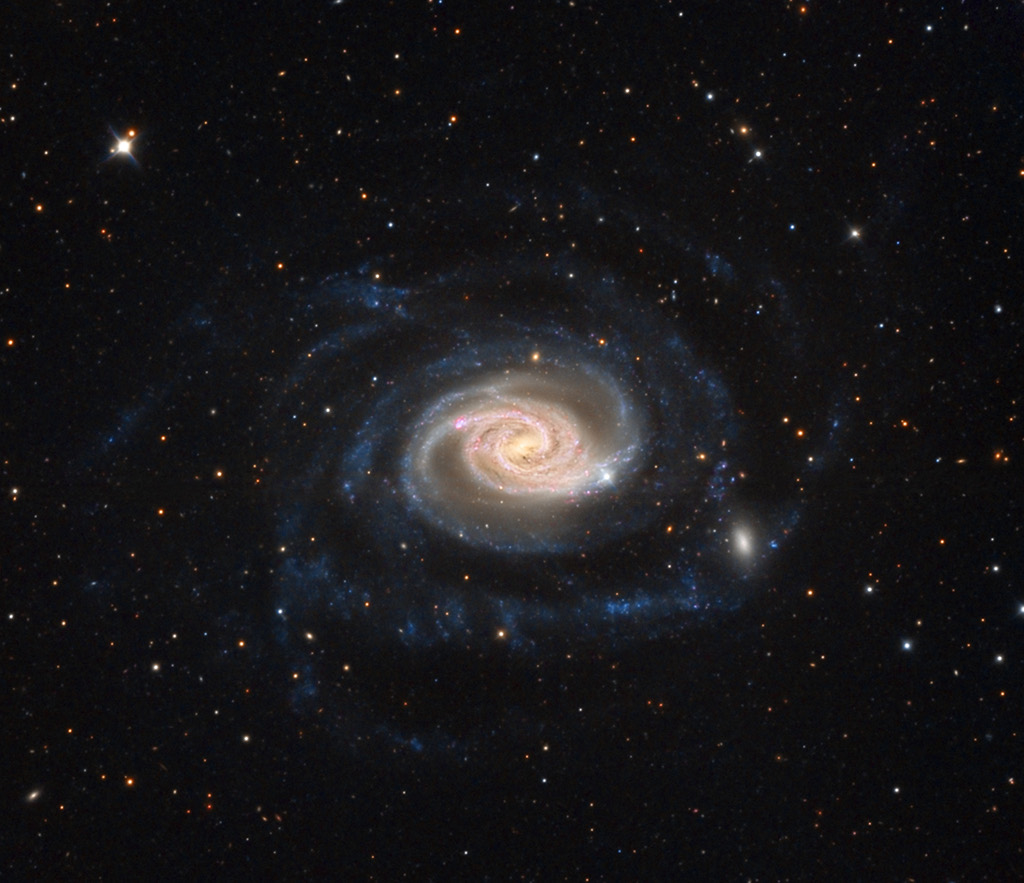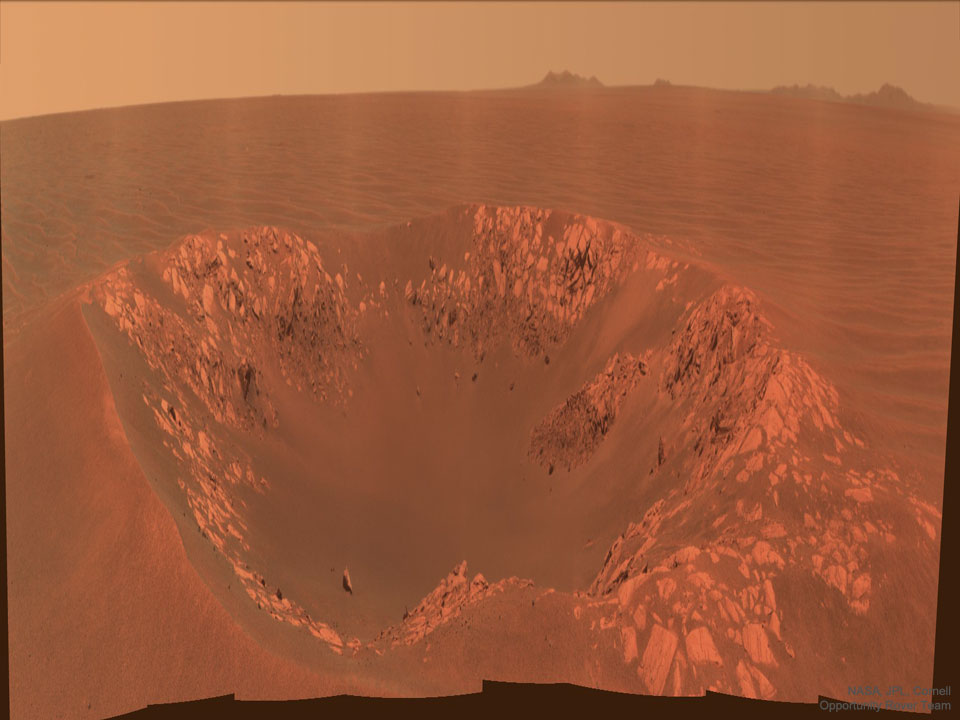
Painting with Jupiter


Frostburg State University, in collaboration with its sister institutions in Frostburg, Maryland, will speak with NASA astronaut Ricky Arnold who is living, working and doing research aboard the International Space Station at 9:55 a.m. EDT Monday, April 9.
from NASA https://ift.tt/2GAnMwM
via IFTTT![]()

NASA has awarded a contract to L&M Technologies Inc. of Albuquerque, New Mexico, to provide logistics support services at the agency’s Marshall Space Flight Center in Huntsville, Alabama.
from NASA https://ift.tt/2q76WP3
via IFTTT![]()


Step into the future of aviation and space exploration with NASA at the USA Science and Engineering Festival on Saturday, April 7, and Sunday, April 8, at the Walter E. Washington Convention Center in Washington.
from NASA https://ift.tt/2GLKmpB
via IFTTT![]()
NASA has taken another step toward re-introducing supersonic flight with the award Tuesday of a contract for the design, building and testing of a supersonic aircraft that reduces a sonic boom to a gentle thump.
from NASA https://ift.tt/2Gu3uZH
via IFTTT![]()